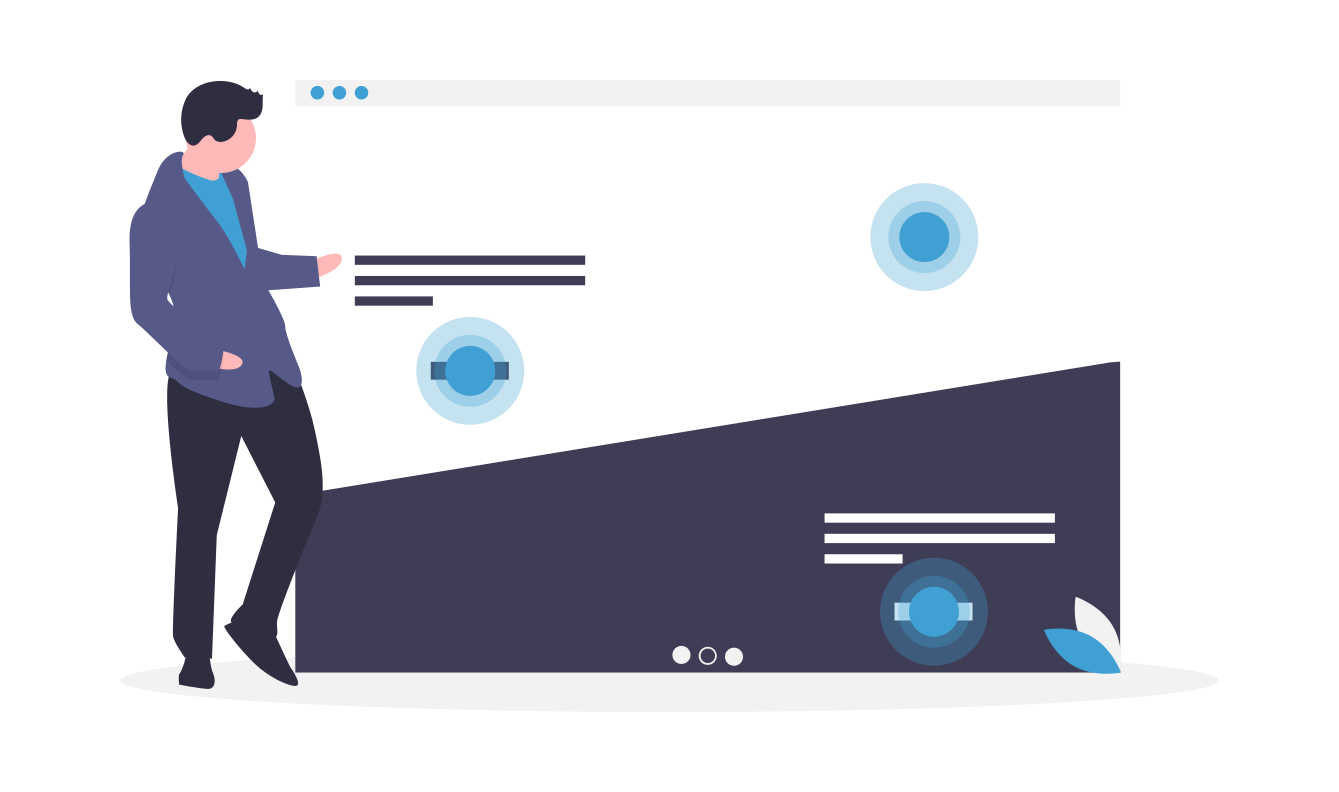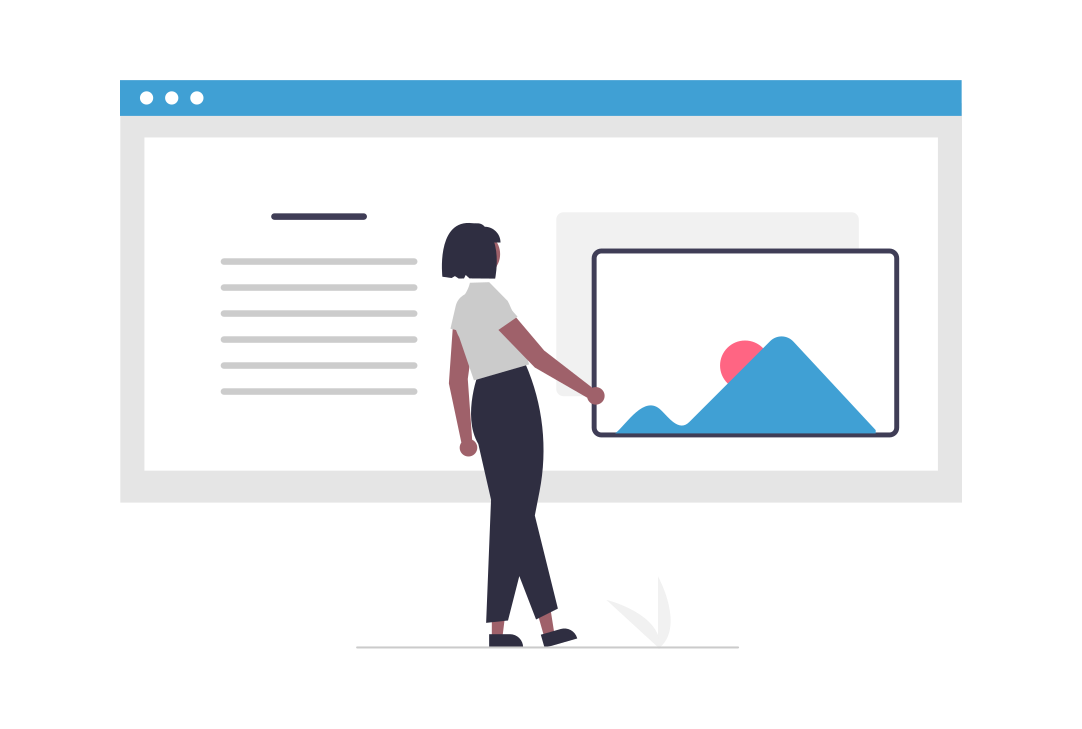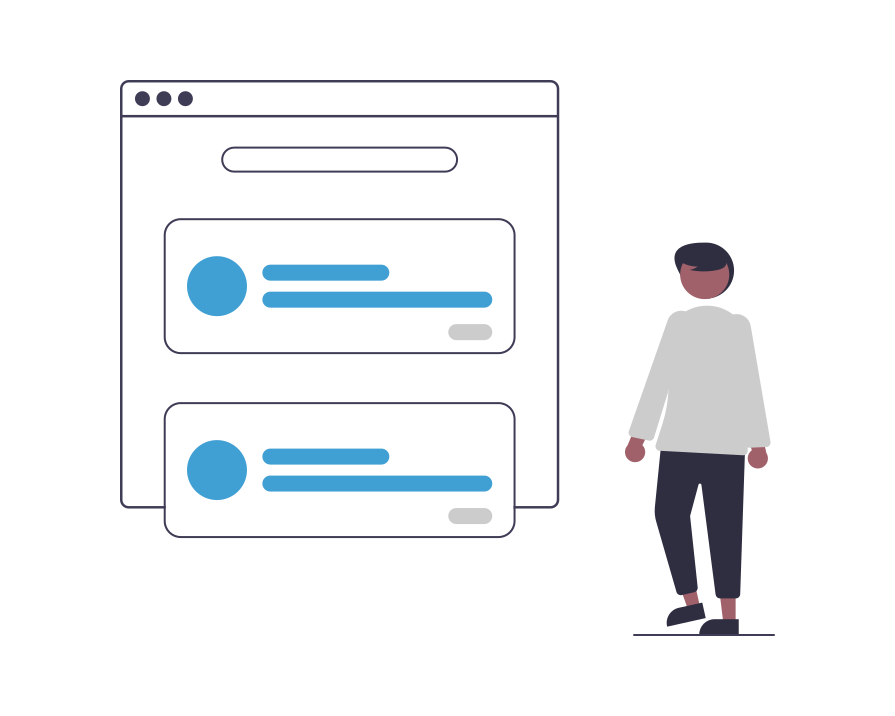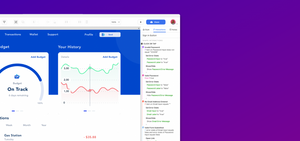
Getting Started with Information Architecture

From the outside, information architecture (IA) can seem like an intimidating practice. but let's look at it in a different way.
Imagine you'e unpacking groceries in your kitchen. You'd organize them in a way that makes sense to you. You'd put the chicken in the fridge, the beverages in the pantry, and the fruit in a bowl.
Now imagine you're sorting those same food products in a grocery store.
Where would you put those products so customers could easily find them?
Think about Information Architecture as a way to organize information on places like your website or your company's intranet that best helps you reach your business goals.

Let's clarify what we mean by "information" for a moment. It's not the same thing as content or data. Instead, it's what people take away from the content and data given to them.
For example, imagine you're on a local Italian restaurant's website. The homepage describes their "gourmet pizzas" and shows a photo of a pizza with fermented goat cheese and duck liver tappings. In this scenario, the content is the photo of the pizza and the text describing the pizza. The data is the fact-based analysis of that content: This restaurant serves gourmet pizza.
Both the content and the data give you information about what's going on. The information you might take away is that this restaurant only makes gourmet pizza. So if you wanted a basic pepperoni pizza, you might not order from here. But this information is subjective. The information another diner might take away, for example, is that this Italian restaurant doesn't offer pasta dishes, just pizza. So if they wanted lasagna, they might now order from here, either.
Now imagine that the restaurant actually did offer pepperoni pizzas and lasagna. Since you and the other customer took away incorrect information from the website, the restaurant missed out on 2 new customer.
Let's take a closer look at why Information Architecture is important when you're marketing your business.
When you do marketing, you show potential customers content like messages, facts, images, designs, and ads. This gives them information about your brand's identity, how you're different from competitors, and what your benefits are. With Information Architecture, you can make sure potential customers interpret this information in the way you want them to, that is, in the way that best helps you reach your business goals.

By organizing your content and data a certain way, you can show the right people the right information. A lot of businesses bring on information architecture experts or agencies to help them. Even if you go this route, it's good to know some starter steps.
1️⃣ You should first look for issues with your current IA. What information is your target audience taking away from your marketing? Is it what you intended? Are you presenting or describing your product in a way that clashes with its core values?
2️⃣ Once you have figured out what and why you need to change, state the intent of your IA to help guide its design and execution. For example: "I want to sell cool, easy-to-use cameras to casual, non-professional photographers".
3️⃣ Before you run off into the sunset with your intent, check its language. How does it translate to your target audience? Does "cool" mean the same thing to them as it does to you? Beware of words that have multiple meanings.
4️⃣ Make sure everyone involved in your business and marketing knows and understands the language you chose. You should also create an extended list of related words that will define your new IA direction.
5️⃣ The last step is to choose what metrics you'll use to measure your new IA's success. And remember, even the best IA needs to be updated and maintained over time. Keep checking and improving yours to better fit your audience's needs.
Those were a decent amount of steps, but don't worry. You can get started with IA right now by simply creating a to-do checklist.
✅ Define my target audience.
✅ Write down info I want people to take away from my marketing.
✅ Ask ideal customers what info they take away from my marketing.
✅ Make a list of words people associate with my business.
✅ Check if my marketing's copy, icons, colors, and imagery align with those words.
✅ State the intent of my new IA.
✅ Check the language of my IA.
✅ Make sure my employees and marketers know the proper language to use.
✅ Choose which metrics I'll use to measure my new IA's success.
💯 Key Takeaways
- IA is a way to organize information in places like your website or your company's intranet.
- It helps you reach business goals by ensuring customers take away the right info from your content and data.
- To prep for a new IA, check for current issues, state your intent, and choose success metrics.
Cover Photo by Marcel Eberle on Unsplash








Comments